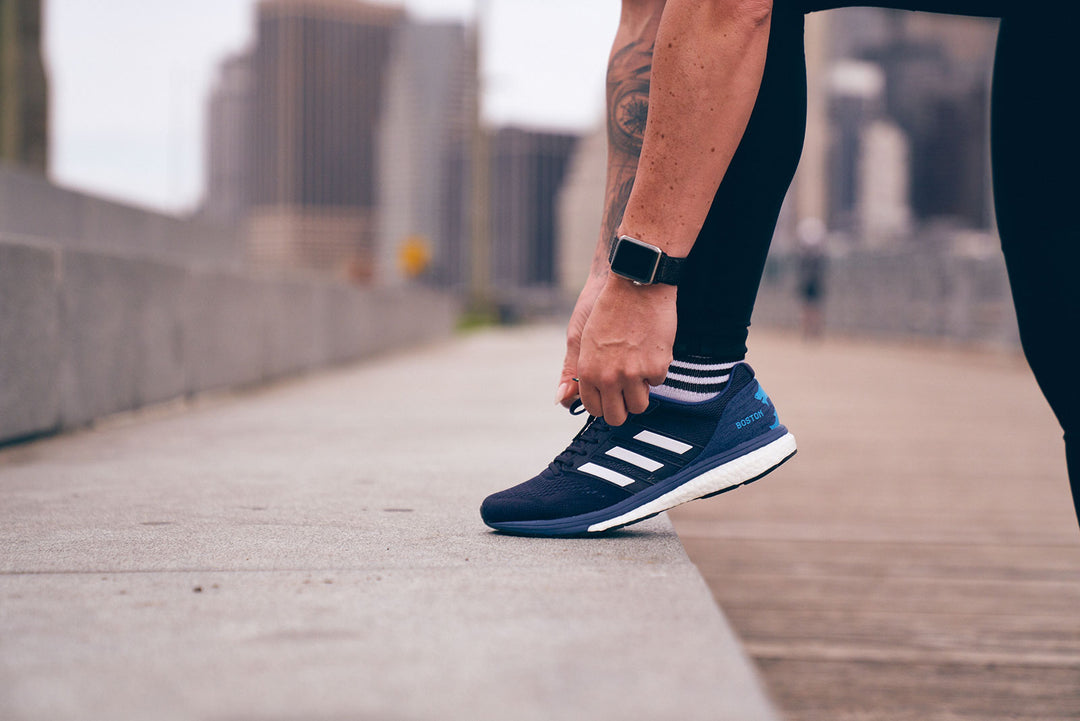How to choose running shoes: Your guide to running shoes for 2025
Last Updated:Are you looking for a comprehensive running shoe guide on how to buy the perfect pair? It's crucial to select the right running shoes to ensure comfort and minimize the risk of injuries. To assist you in making an informed decision, I will present five strategies to guide you through the process of how to buy running shoes:
How to buy running shoes that are right for you
1. Understanding Your Foot Type:
- Begin by identifying your specific foot arch type, which can be high, flat, or neutral. Recognizing your arch type is essential for choosing the right shoe category.
- For personalized recommendations, consult professionals at a specialty running store who can analyze your foot structure and gait.
2. Knowing Your Running Style:
- Assess your running style, whether you're a casual jogger, a long-distance enthusiast, or a sprinter. Your choice of running shoes should align with your unique running habits.
- Evaluate your gait, determining whether you exhibit neutral pronation, overpronation (inward rolling of the feet), or underpronation (outward rolling of the feet). Your pronation style influences the required cushioning and support.
3. Selecting the Appropriate Shoe Category:
- Explore different shoe categories based on your needs:
- Neutral Shoes: Suited for runners with a neutral arch and normal pronation.
- Stability Shoes: Ideal for those with mild to moderate overpronation.
- Motion Control Shoes: Tailored for individuals with severe overpronation.
- Cushioned Shoes: Offering additional padding, these are perfect for long-distance runners and high-arched individuals.
- Minimalist Shoes: Providing a lightweight and low-profile experience, but demanding strong foot and calf muscles.
4. Achieving the Perfect Fit:
- Accurately measure both of your feet, as sizes may vary between brands and models. Opt for the larger size if there's any disparity.
- Ensure there's ample room for your toes by leaving a thumb's width of space between your longest toe and the front of the shoe.
- Wear the socks you intend to use while trying on shoes to account for sock thickness.
- Consider shopping for shoes later in the day when your feet may be slightly swollen.
5. Testing and Evaluating:
- Take advantage of the opportunity to embark on a test run, just as you would in a physical store. Many specialty running stores offer this option.
- Prioritize comfort when trying on shoes; they should provide a snug fit without causing discomfort or pressure points.
- Reflect on the terrain where you'll be running; opt for trail running shoes for enhanced traction or road running shoes for smoother surfaces.
Remember that every person's feet are unique, and what works for one individual may not work for another. Thus, trying on multiple options, taking your time, and seeking guidance from knowledgeable staff at running stores is vital. Investing in the right pair of running shoes is an investment in your running experience and injury prevention.
Which type of shoes are best for running?
While there is a variety of running shoes to choose from, my go-to brand is Adidas Running.
These are the best types of running shoes for the 2025 season:
Best for race day: Adidas Adizero Adios Pro 3
Best for long runs: Adidas Ultraboost Light
Best for half marathons: Adidas Adizero Takumi Sen 9
Best for tempo runs: Adidas Adizero Boston 12
Running Shoe Guide FAQs
What do I look for in a running shoe?
Irrespective of your running gait, a quality set of running shoes offers a blend of flexibility, durability, and support. The extent of these attributes hinges on the specific category of running shoes within the five primary groups: motion control, cushioned, stability, lightweight, and trail.
How much toe room should running shoes have?
When initially trying on your running shoes, whether at the store or at home, pay attention to the following key factors:
The toe space: Aim for a gap of approximately one thumb's width between your toe and the shoe's front.
Midfoot and heel comfort: Ensure a snug, yet not overly tight, fit around your midfoot and heel.
Should I go a size up for running shoes?
It is advisable to consider increasing your shoe size by half when selecting running shoes. This allows for the natural swelling of your feet during a run, ensuring ample room in the toe box. If your toes are overly compressed in the shoe's front, it can lead to the development of blisters or even result in blackened toenails.
Does the quality of running shoes matter?
Choosing high-quality training shoes for running and various workouts is essential in safeguarding your foot and ankle from potential injuries, while also enhancing the overall enjoyment of your exercise regimen. For dedicated runners, the significance of acquiring the correct footwear cannot be overstated, as it plays a pivotal role in optimizing your biomechanics and gait.
What are the important factors of running shoes?
When running on the road, your primary focus should be on securing ample cushioning, followed by considerations of stability, and, ultimately, ensuring comfort. If you plan to train on rugged trails or uneven terrain, prioritize durability, comfort, and weather resistance. For running on tracks, opt for lightweight shoes with integrated spikes to enhance your performance.

- Most featured running blog, past 6 years
- USATF certified running coach
- Experienced endurance athlete
- 7 marathons








